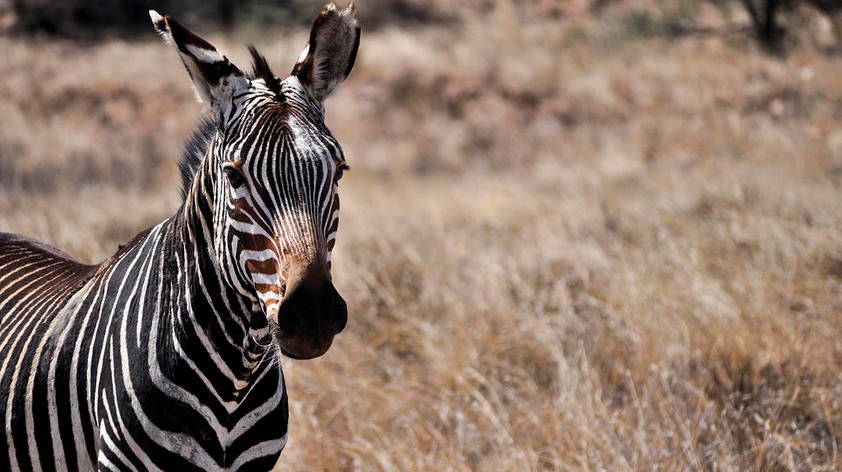
Part 3: A conservation geneticist’s call to keep studying cancer in wildlife
Part 3 of 4: Genetic predisposition
Many of us have heard that we look like one of our parents or siblings, “you have your mother’s eyes” or such. Just as with traits such as eye shape and color, hair color and texture, or even your preference for whether you love cilantro or not, some diseases can be explained by your genetics. When a genetic trait is common enough in a group of individuals then there is an increased risk of having that trait if you are a member of that group, which we call genetic susceptibility.
So far, scientists haven’t found very many cases where entire species have shown a genetic predisposition to cancer. However, there are a couple of examples.
Santa Catalina island foxes have one of the highest risks of cancer in all of the animal kingdom. About 50 percent of adult individuals will develop cancer in the ear wax gland (ceruminous gland tumors).
However, this disease was not detected in the population prior to a recent bottleneck (think drastic population decline) caused by a viral disease (canine distemper) that caused 90% of the individuals to perish. The combination of two factors, ear mite (Otodectes) infections and the accumulation of harmful mutations, may influence cancer susceptibility. Scientists, such as myself, are researching the genomes of individuals with this cancer to try to find the mutations causing this disease.
Low genetic diversity
Several other endangered species including the Cape mountain zebra, California sea lions (see cancer in wildlife Part 2), and the western barred bandicoot have high prevalence of cancer. As populations reduce in size, which happens with most endangered species, the genetic diversity is often also reduced. Sometimes this means that helpful genetic mutations are lost from the population and sometimes harmful ones become more prevalent.
It also means that there is a greater chance for inbreeding, which can result in disease (think hemophilia in royal families).
As the individuals in these already reduced populations become sicker the population becomes smaller and further enhance the risk of them becoming sicker and therefore smaller. That’s why it’s so important to prevent wild populations from becoming smaller in size.
The more we know about the genetics of endangered species the more we can do to help prevent disease such as cancer from becoming prevalent in the wild. As wildlife is exposed to more and more risks due to human encroachment, we need more surveillance and resources for monitoring cancer in endangered species.
This is just one of many reasons why I decided to join the Conservation Genetics team at the Institute for Conservation Research (ICR).
Thanks for reading and stay tuned for the next in my series about cancer in wildlife when I discuss some of the most interesting - and dare I say most ‘odd’ of all cancers – contagious cancer.













